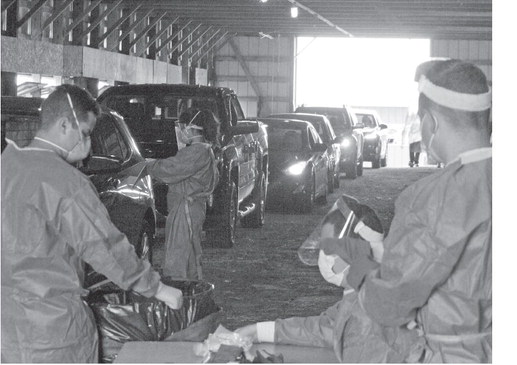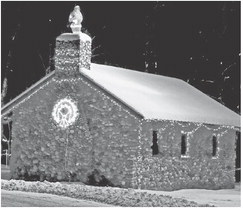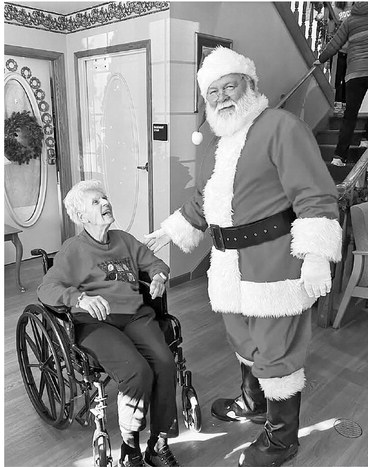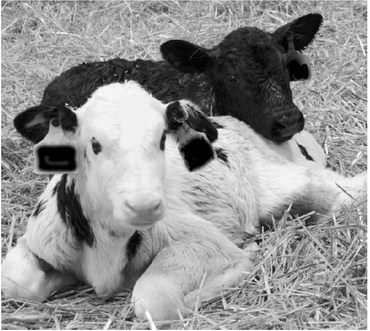Wisconsin National Guard rising to the occasion in unprecedented and historic year of serving local communities, Wisconsin, and the nation


In a year unlike any other in the long and storied history of the Wisconsin National Guard, the two central tenets that form the bedrock principles of the Guard’s mission – se...




